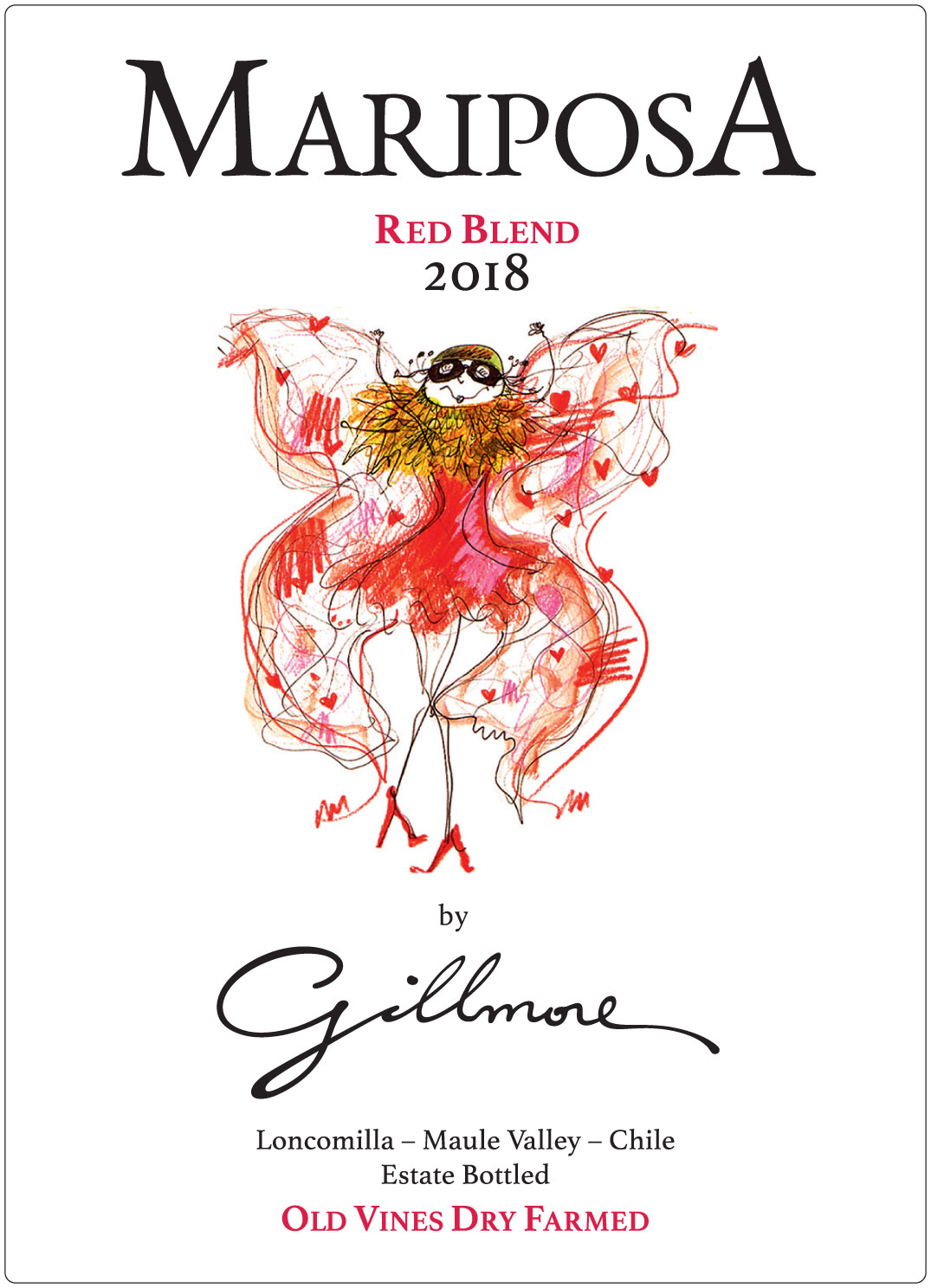2018 Maule Valley Red Blend
The Mariposa Gillmore 2018 Red Blend from the stunning Maule Valley exudes a captivating red hue, inviting wine enthusiasts to indulge in its charm. This medium-bodied wine showcases a harmonious balance of vibrant fruit intensity, with luscious notes of dark cherries and ripe plums that dance gracefully on the palate. Its well-integrated tannins provide a firm yet subtle structure, allowing for an enjoyable mouthfeel without overwhelming the senses. The acidity is bright and refreshing, lending vitality to each sip and enhancing the wine's overall appeal. Notably, this red blend is dry, making it an excellent companion for a variety of dishes or a delightful choice to enjoy on its own. Fans of complex, nuanced wines will find the Mariposa Gillmore a delightful and memorable experience.
The Mariposa Gillmore 2018 Red Blend from the stunning Maule Valley exudes a captivating red hue, inviting wine enthusiasts to indulge in its charm. This medium-bodied wine showcases a harmonious balance of vibrant fruit intensity, with luscious notes of dark cherries and ripe plums that dance gracefully on the palate. Its well-integrated tannins provide a firm yet subtle structure, allowing for an enjoyable mouthfeel without overwhelming the senses. The acidity is bright and refreshing, lending vitality to each sip and enhancing the wine's overall appeal. Notably, this red blend is dry, making it an excellent companion for a variety of dishes or a delightful choice to enjoy on its own. Fans of complex, nuanced wines will find the Mariposa Gillmore a delightful and memorable experience.




